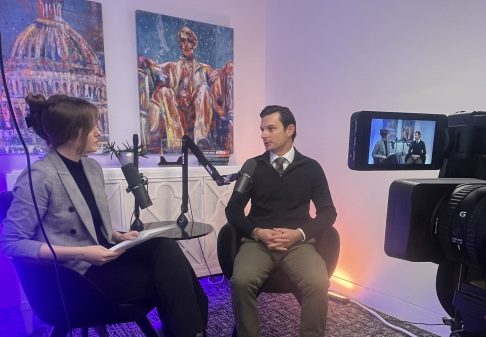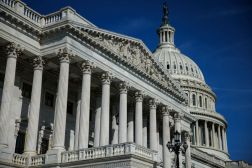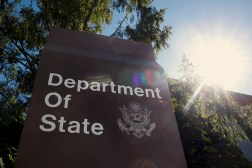2016 in review: Congress runs out the clock on federal IT modernization funds

The president’s budget this year included a suggestion that more money be put into modernizing the federal government’s aging IT.
The provision catapulted both Congress and the White House into a year of wrestling with how best to enable agencies to upgrade their aging IT, but the efforts ultimately stalled as the year closed out.
The Modernizing Government Technology Act, which passed the House by voice vote Sept. 22, eventually hit a snag in the Senate when Congress’ budget analysts said the bill would cost billions of dollars to implement.
Texas Republican Rep. Will Hurd recently noted in an interview with FedScoop that while he’s disappointed his bill likely won’t be passed this year, “we have an opportunity in less than a month to get back at this and do it again” when the 115th Congress convenes.
“A $9 billion score from the [Congressional Budget Office] makes it difficult to move, and so even though we had the support, this is something that has to be worked through so that it doesn’t create heartburn,” he said.
The Modernizing Government Technology Act of 2016 would have created individual IT working capital funds for each of the 24 CFO Act agencies and a centralized IT modernization fund housed in the Treasury Department that executive branch agencies could have applied to tap. The Congressional Budget Office said the bill would cost billions over the 2017-21 period.
Some agencies are spending as much as 90 percent of their IT budgets on operations and maintenance, according to a recent report. And across federal government, that report found that 77.7 percent of proposed agency IT budgets for fiscal 2017 are going to operations and maintenance, with the remaining sliver dedicated to systems development and enhancement.
But despite the Modernizing Government Technology Act’s eventual lack of success, even getting a bill through one chamber was a multistep process.
It began with Rep. Steny Hoyer, D-Md., introducing a bill that would have set up a revolving $3.1 billion fund across the federal government that would have been continually replenished by agencies as they realized savings from modernization.
Hurd then later introduced the MOVE IT Act, which would have given agencies the authority to create a working capital fund that could be spent to modernize outdated technology they currently use.
Those two bills were eventually combined into the MGT bill, which did not directly authorize any specific dollar amounts for the centralized fund or the agency funds.
Trey Hodgkins, senior vice president for public sector at the IT Alliance for Public Sector, a division of tech group ITI, said in a statement to FedScoop there wasn’t enough time for lawmakers to finish that bill, which did not see much traction in the Senate.
“The good news is that the momentum is there to pass legislation modernizing federal IT systems, and lawmakers are telling us that this will be a priority when the new Congress begins next year,” he said.
Contact Samantha via email at samantha.ehlinger@fedscoop.com, or follow her on Twitter at @samehlinger. Subscribe to the Daily Scoop for stories like this in your inbox every morning by signing up here: fdscp.com/sign-me-on.






